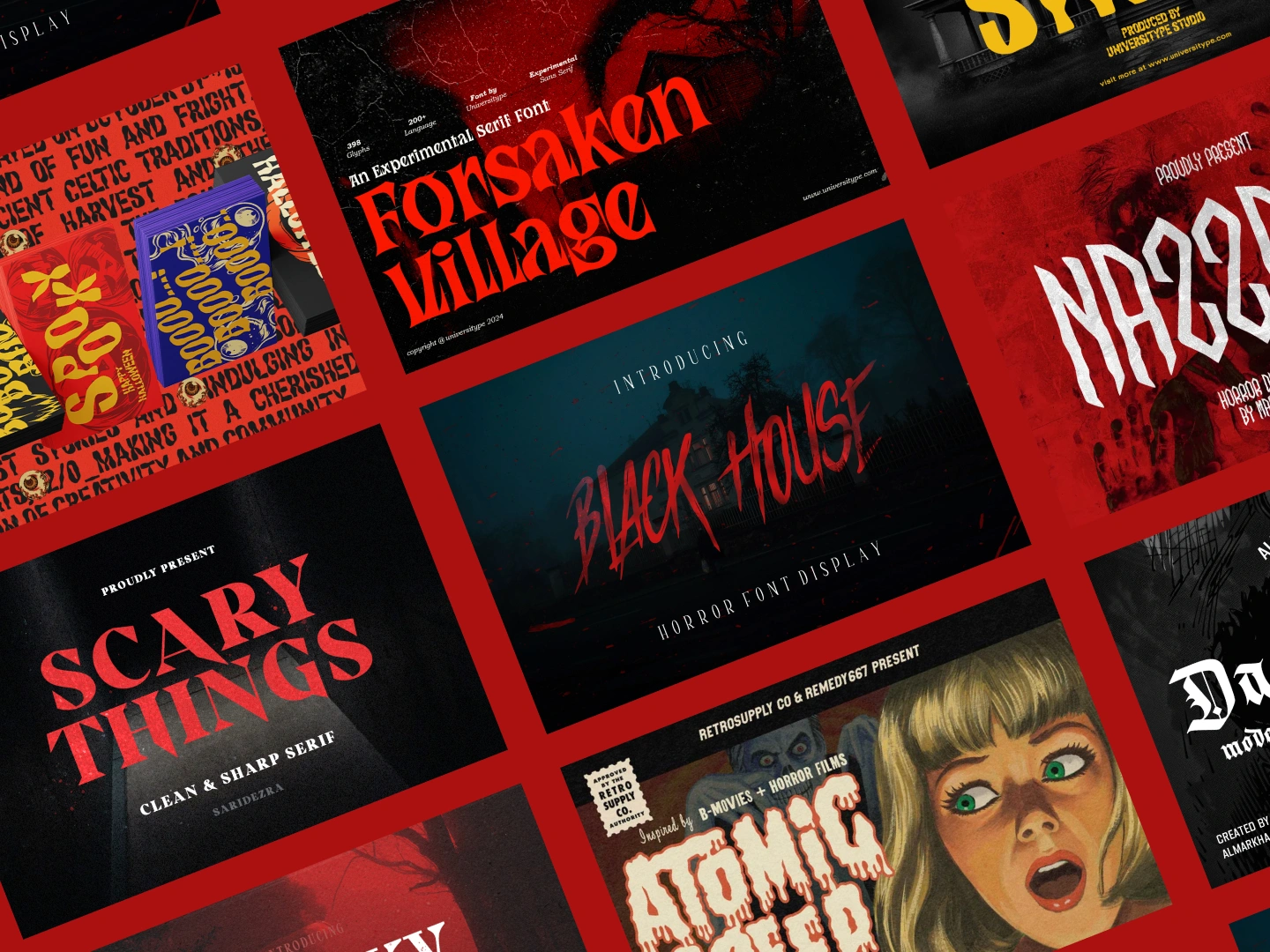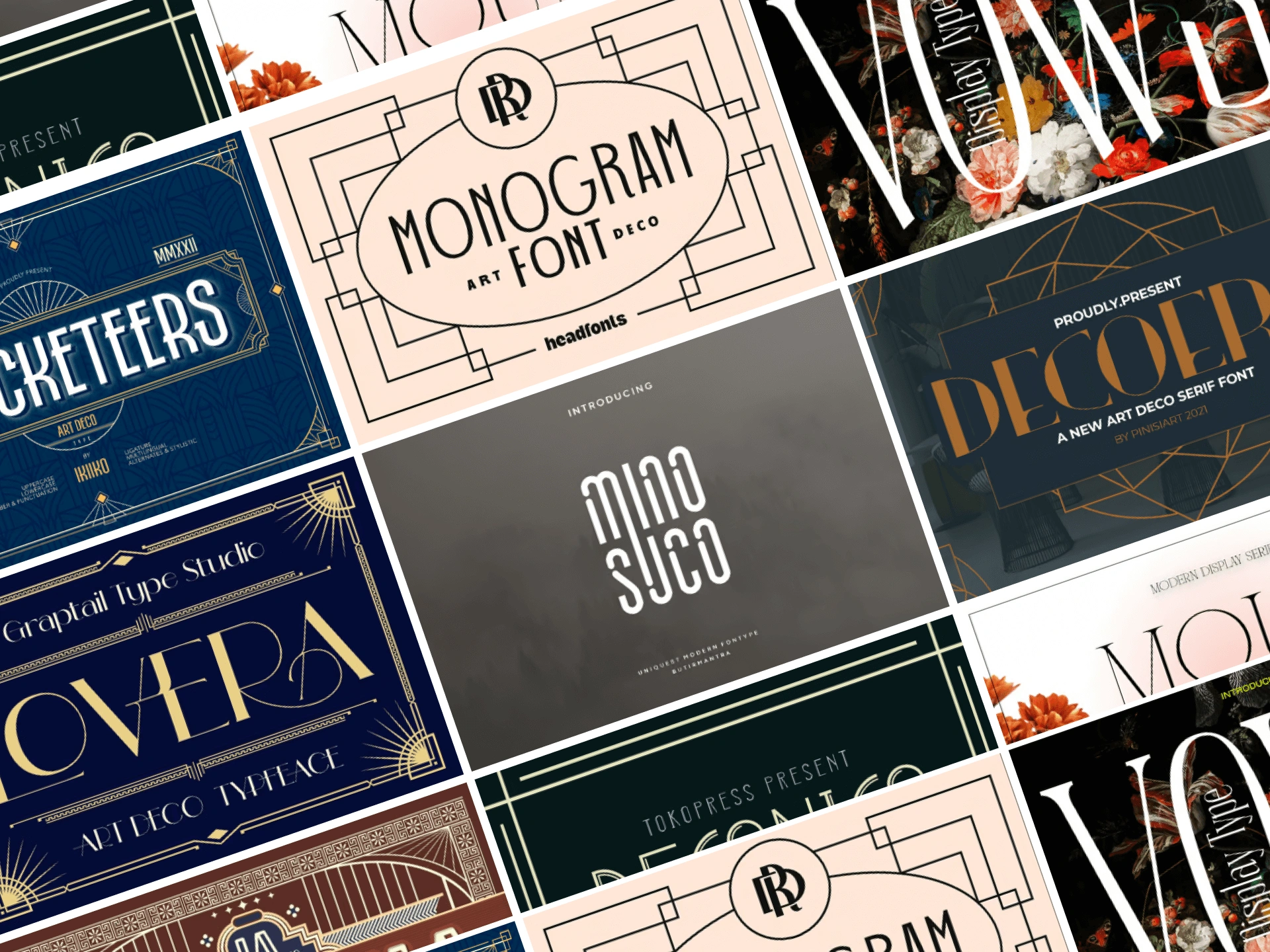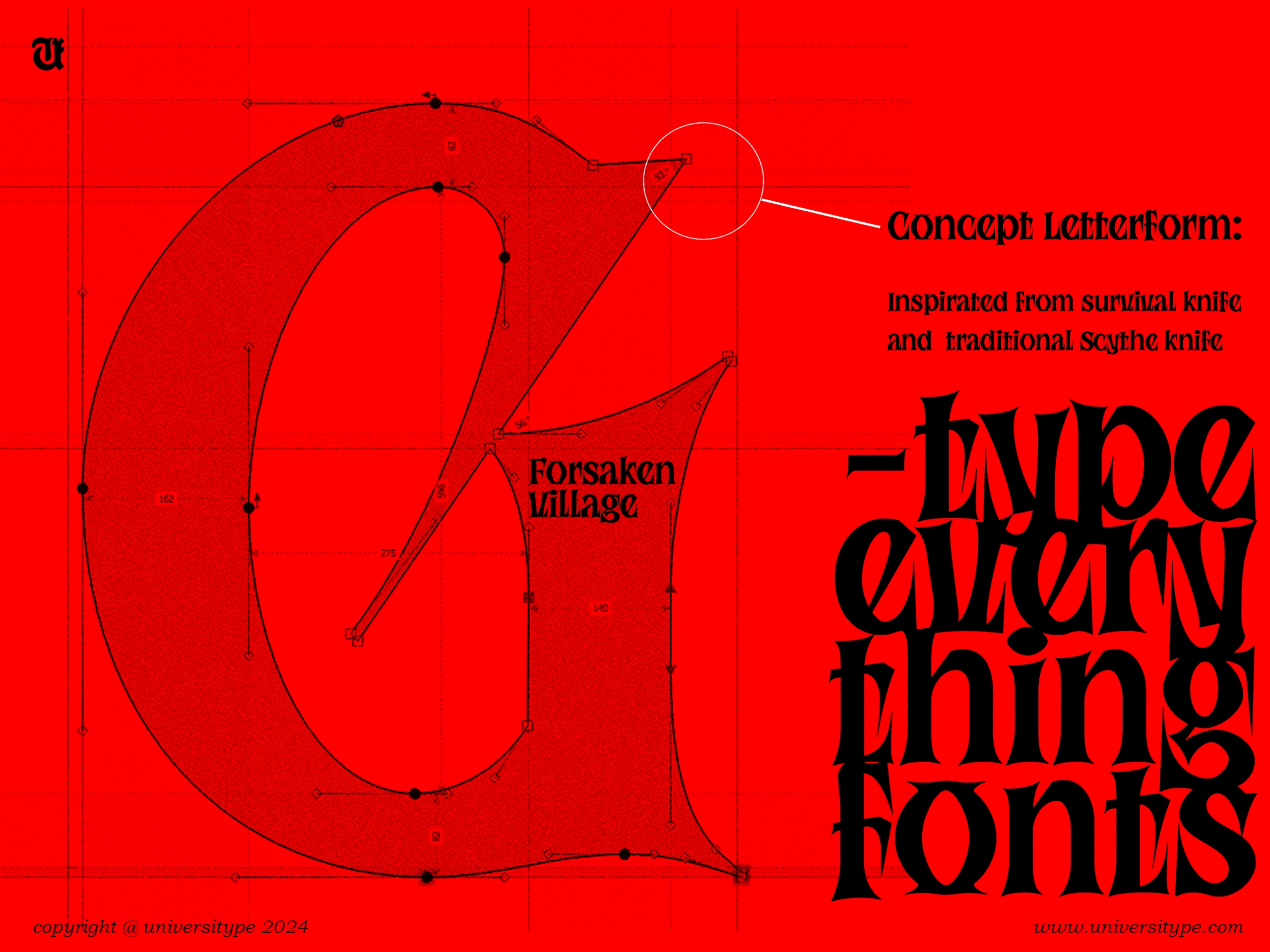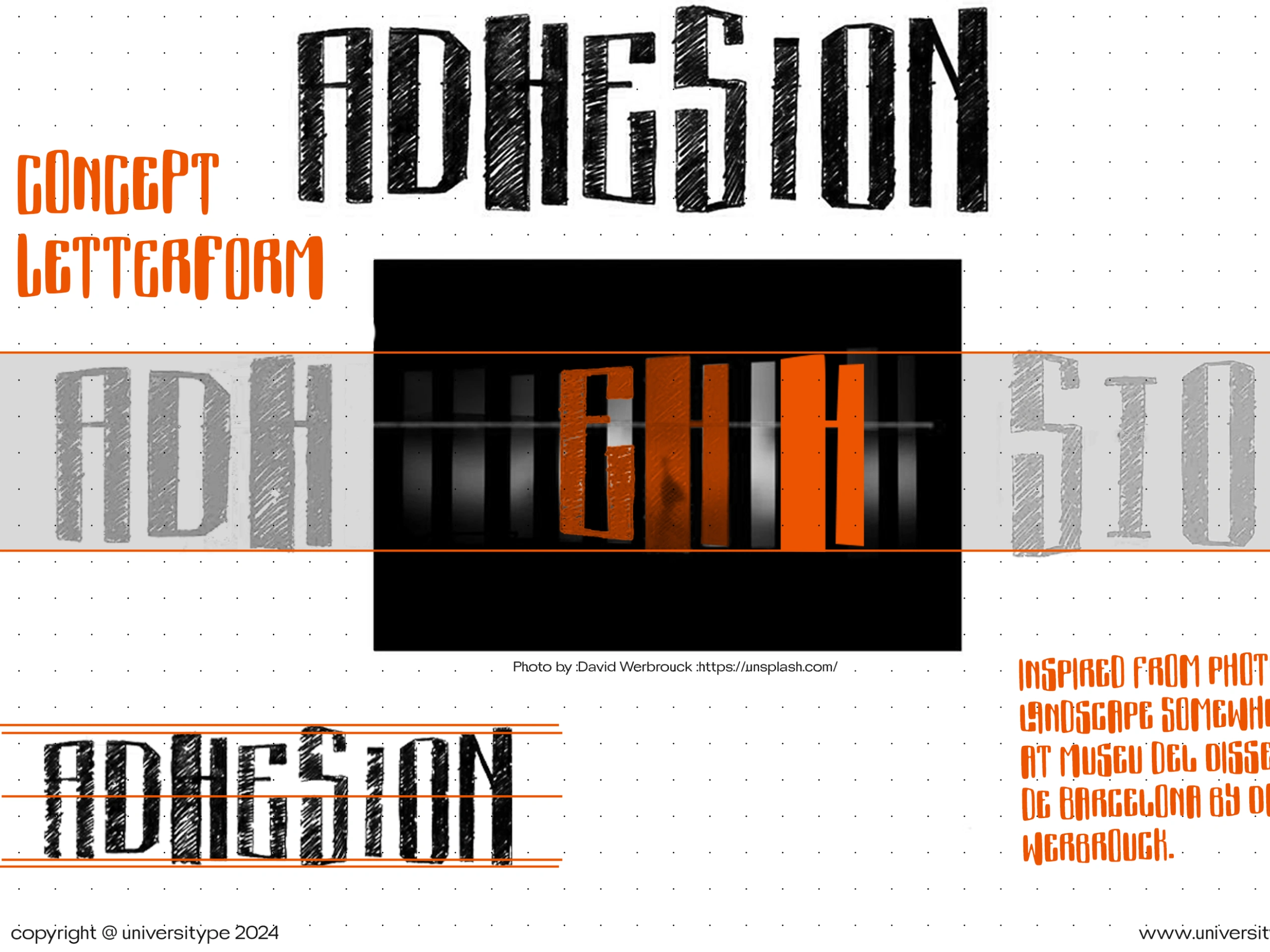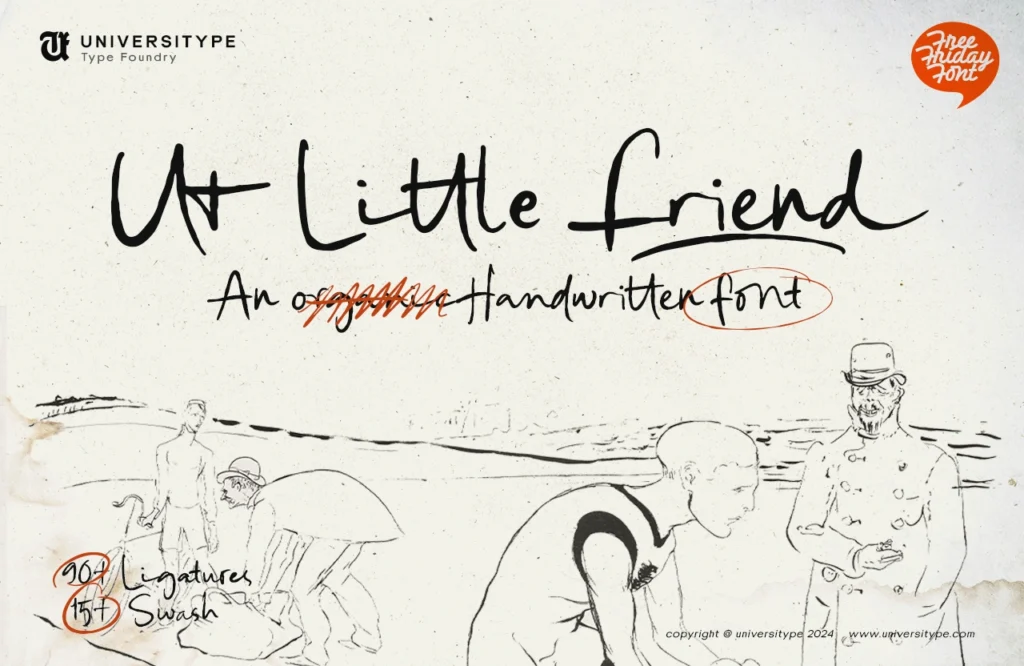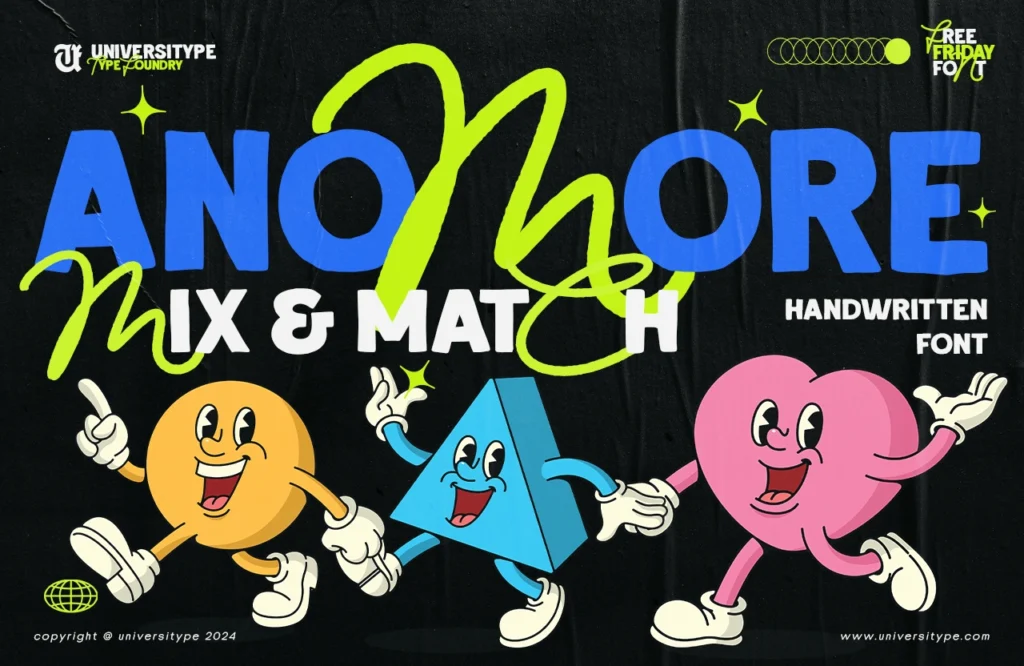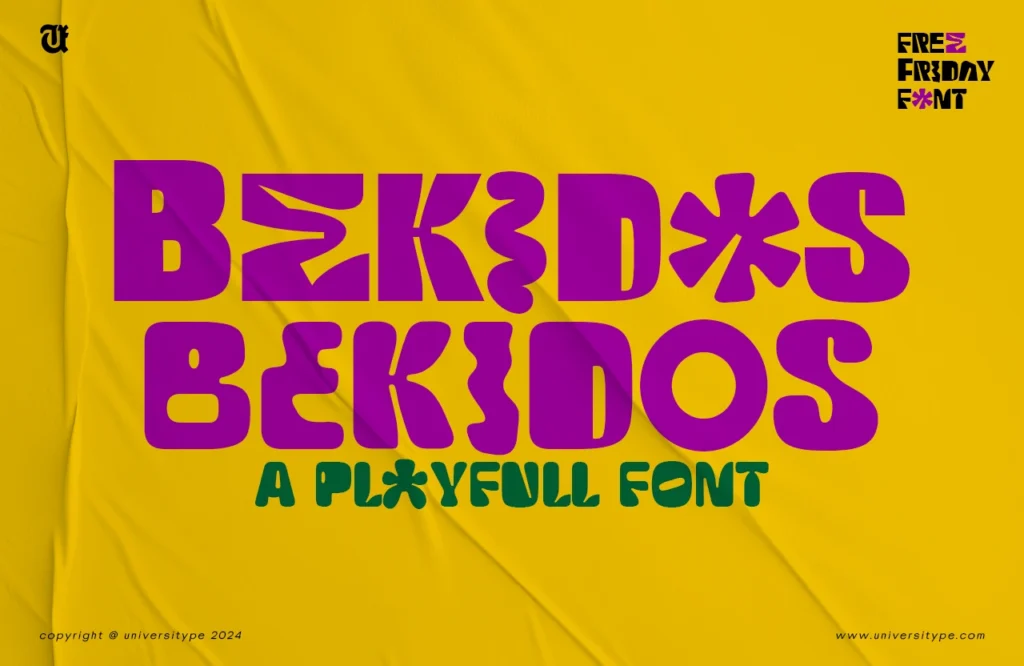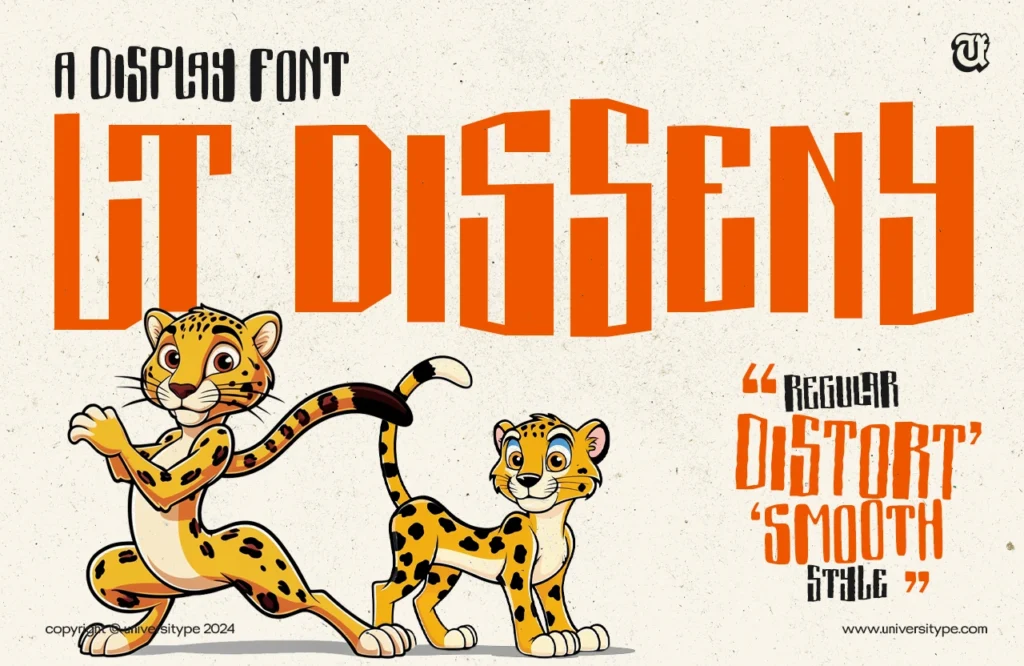The Psychology of Typeface Design: How Fonts Influence Perception and Behavior
In an era where visual communication is of paramount importance, typeface design represents a critical component that shapes our experiences and interactions.
Fonts extend beyond being mere characters on a page; they possess the capacity to influence emotions, attitudes, and comprehension.
This article examines the intricate relationship between typography and psychology, highlighting how the selection of typefaces can affect branding, advertising, and overall readability.
This exploration aims to elucidate the subtleties of typeface selection and its practical applications within the field of design.
Understanding Typeface Design

A thorough understanding of typeface design is essential for effective graphic design, as it involves the creation and application of typography to convey a brand’s identity, enhance visual perception, and elicit emotional responses from the audience.
Typeface design intricately integrates various elements, including font styles, sizes, and weights, which collectively influence the viewer’s experience and the effectiveness of communication.
By mastering these components, designers can establish a compelling visual identity that resonates with target audiences and differentiates the brand in a competitive market.
Definition and Importance
Typeface design encompasses both the art and science of creating and selecting typography that enhances legibility and readability, thereby improving visual aesthetics in both print and digital formats.
This complex discipline requires a meticulous balance of various elements, including stroke weight, line height, and character spacing. The selection of typeface is a critical component of branding and marketing strategies, as it substantially influences consumer perceptions of a brand’s identity.
A thoughtfully chosen font has the potential to evoke emotions, establish trust, and even guide user behavior.
Cognitive psychology demonstrates that different typefaces can affect memory retention and decision-making processes, while font psychology attributes specific characteristics to various styles—such as serif fonts suggesting professionalism and sans-serif fonts conveying modernity. Therefore, understanding these concepts is essential for effectively communicating a brand’s message.
The Role of Fonts in Perception
The significance of fonts in shaping perception is considerable, as they serve not only to convey information but also to influence emotional responses and attitudes towards brands, products, or messages.
This impact is grounded in the principles of font psychology and cultural associations.
Influencing Emotions and Attitudes
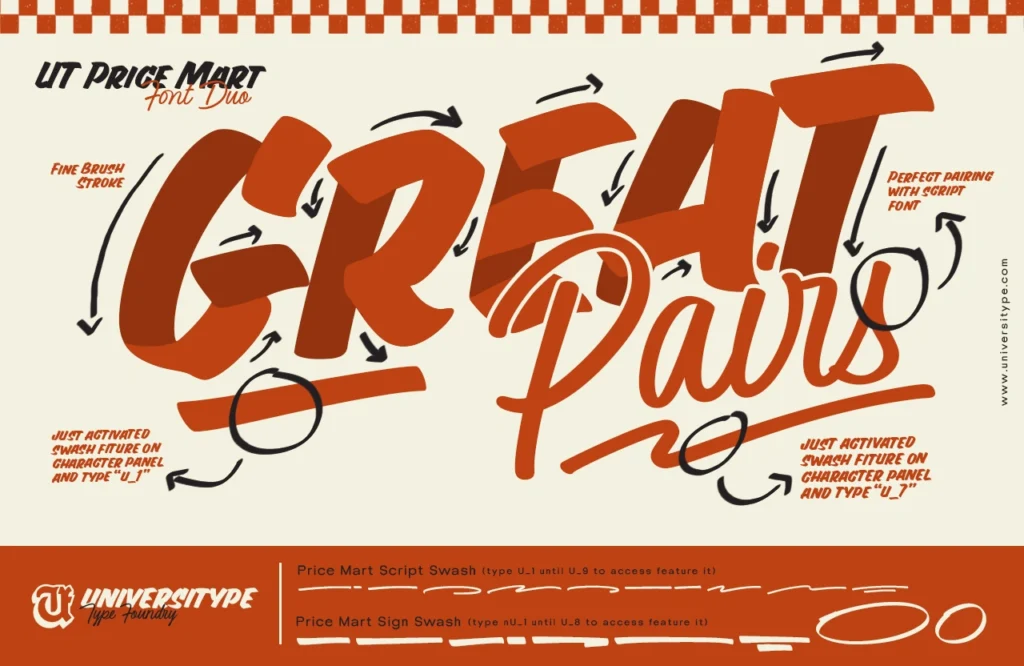
Fonts exert a significant psychological influence on individuals, shaping emotions and attitudes through deliberate font pairing and styles that resonate with personal preferences and cultural meanings.
This influence is particularly evident in various design and branding contexts, where specific typographic choices can elicit strong emotional responses from audiences. For example, a playful, rounded font may be utilized by a children’s brand to foster a sense of joy and friendliness, whereas a sleek, modern typeface may be adopted by technology companies to convey innovation and sophistication.
Established brands such as Coca-Cola leverage their distinctive cursive script to invoke nostalgia and warmth, thereby reinforcing their identity and connection with consumers. The careful selection and application of fonts not only assist in establishing a brand’s voice but also significantly influence user behavior, as individuals often respond subconsciously to and retain the emotions elicited by these typographic styles.
Implications for Branding and Advertising

In the realms of branding and advertising, the selection of fonts plays a crucial role in shaping brand identity and perception, thereby making typographic strategies essential components of effective design.
The choice of typeface can evoke specific emotions and associations, influencing audience perceptions of a brand. For instance, a sleek, modern sans-serif font can convey a sense of innovation and progressiveness, appealing to younger consumers within technology markets. In contrast, a traditional serif font may suggest reliability and heritage, attracting audiences who prioritize stability.
Successful brands often utilize font choices to reinforce their narratives. A notable example is Coca-Cola, whose iconic script font embodies nostalgia and Americana, effectively differentiating it from competitors. Through the implementation of visual storytelling via typography, brands can establish meaningful connections with consumers, thereby enhancing their overall marketing strategies.
Fonts and Reading Comprehension
Fonts are vital to reading comprehension, as factors such as legibility and readability directly impact reading speed and retention. These elements significantly influence how information is processed by readers.
Impact on Reading Speed and Retention
The impact of fonts on reading speed and retention is considerable, as meticulous attention to visual hierarchy and font weight can enhance cognitive response and overall reading experience.
Design elements such as line height and character spacing are critical in determining how effectively information is absorbed. For example, an increased line height can prevent the text from appearing cramped, thereby allowing readers to track lines more smoothly and improving comprehension.
In professional reports or educational materials, employing a character spacing of 1.5 to 2 pixels can also be beneficial in reducing visual fatigue. Notably, research has demonstrated that sans-serif fonts, particularly when complemented with these optimized typographic adjustments, can significantly enhance retention rates, making them particularly suitable for instructional content and formal presentations.
The Psychology of Typeface Selection
The psychology of typeface selection explores the ways in which font choice can both reflect and influence individual personality traits.
Additionally, it examines how typeface selection can facilitate associative learning and enhance design cognition among users.
Factors to Consider in Choosing Fonts
When selecting fonts, it is imperative to consider several factors, including font size, consistency in style, and typographic variations, to optimize user experience and enhance brand differentiation.
Designers must prioritize legibility and readability across various mediums, ensuring that each chosen typeface aligns with the brand’s voice and identity. Additionally, the emotional resonance of fonts should be taken into account; for instance, serif fonts often convey a sense of tradition and reliability, whereas sans-serif fonts typically present a more modern and clean appearance.
Employing a cohesive font family with complementary styles can significantly contribute to the creation of a seamless visual narrative. Furthermore, utilizing contrast—such as pairing bold headings with lighter body text—can enhance the overall aesthetic, directing users’ focus and improving their interaction with the content.
Practical Applications of Typeface Psychology
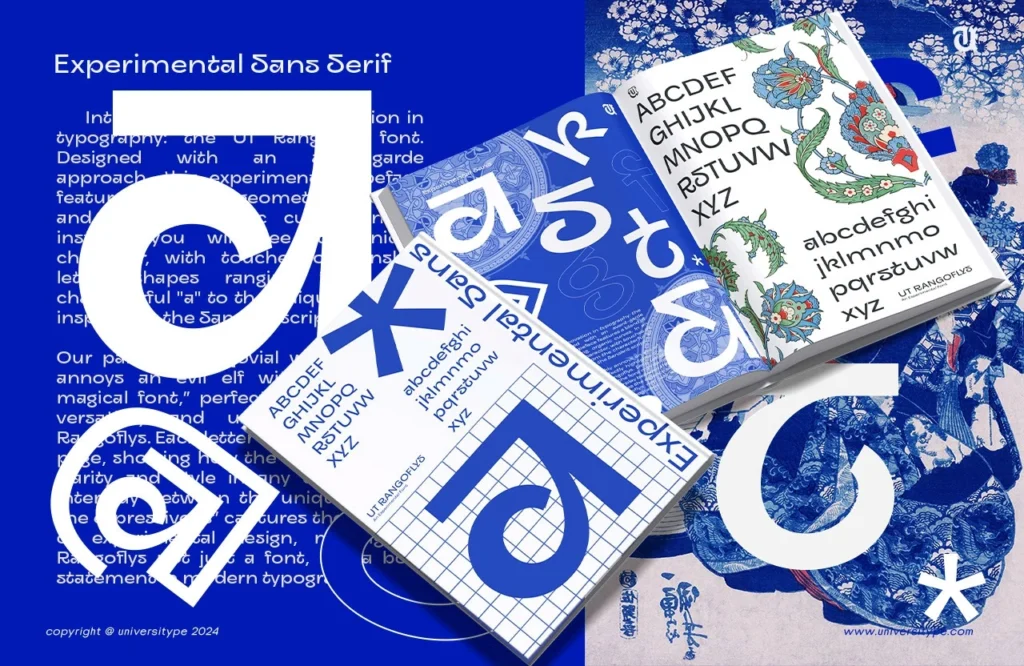
The practical applications of typeface psychology are extensive, providing design strategies that can enhance emotional engagement and reinforce visual identity through effective communication.
Design Tips for Different Purposes
To maximize the effectiveness of typography for various purposes, designers should consider specific design elements that enhance visual storytelling and user engagement.
For example, the use of bold typefaces in marketing materials can effectively draw attention to key messages, whereas a more subtle serif font may be preferable for formal documents where readability is of utmost importance. In web design, pairing contrasting fonts can establish an appealing hierarchy that guides the user’s eye and enhances overall navigation.
Additionally, employing varying line heights and spacing can significantly influence the pacing of the content, facilitating easier information absorption for the audience. By thoughtfully implementing these strategies, designers not only enhance aesthetic appeal but also convey their messages more persuasively, ultimately leading to improved communication outcomes.




